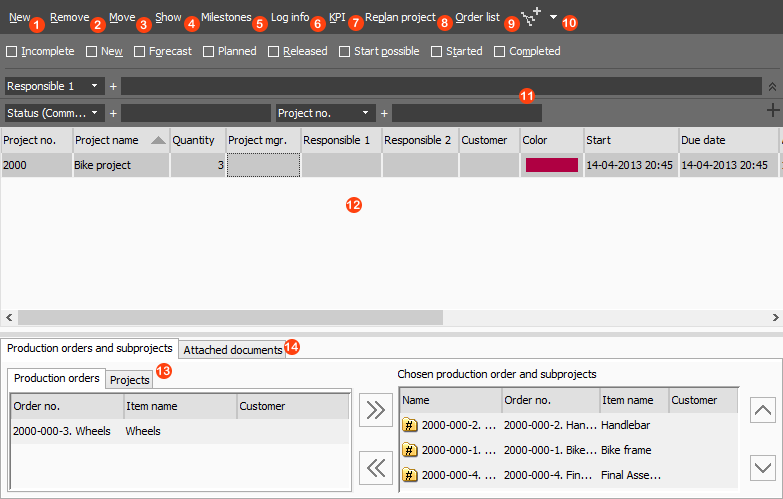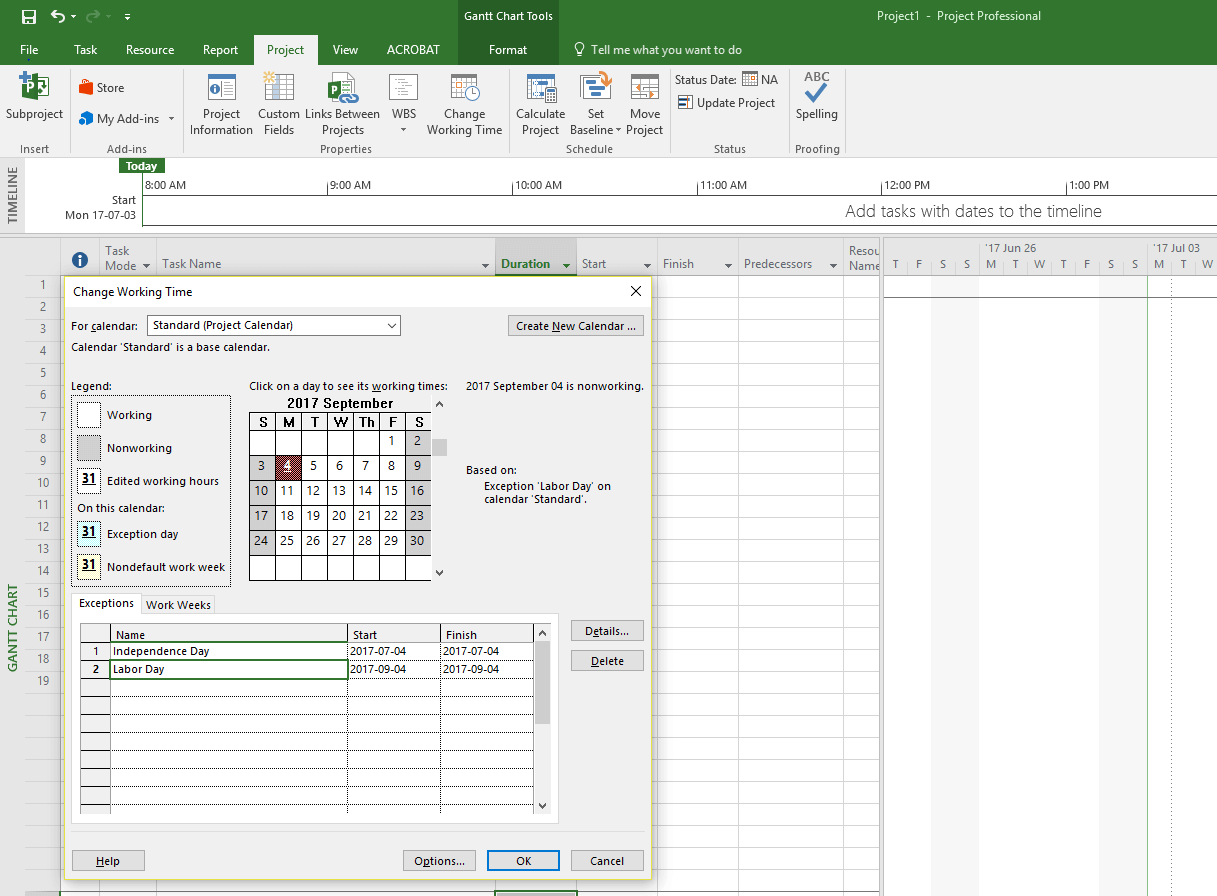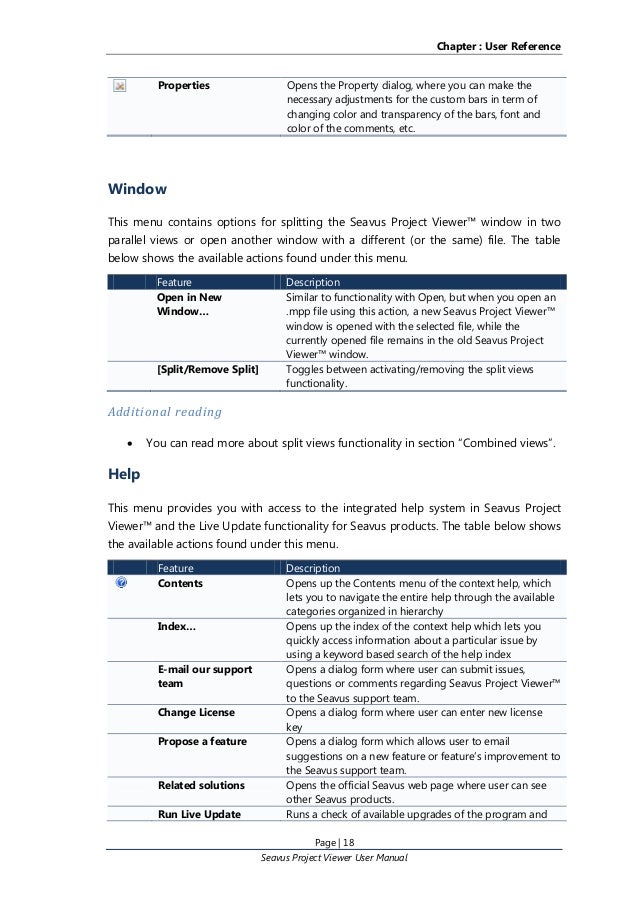Think about the last time that you consulted a manual. Did you start at the beginning and read the whole manual? Probably not. You probably looked first at the index or the table of contents. Once you found the right page or topic, you probably scanned the page first to see if it contained the information you needed. This is how most people read manuals.
No one wants to read your user manual. No one will read your user manual from front to back savoring every word and phrase. Technical documents are not novels. Readers want user manuals to answer their questions quickly so that they can get back to whatever they were doing.
A successful user manual provides users with quick answers to the questions that they might have about a particular product. Users searching for information don’t want to know about the latest and greatest features of a product. Users want to know how to complete tasks. Technical writing focuses on user tasks and the concepts that support the tasks.
Below are some practical tips on writing user manuals that will help you to write content that adapts to the needs of users.
Think like a user
When writing a manual, you need to put on a “user’s hat” and think like a user. You should have a good understanding of your users so you can understand the information they need to know, their background, and their knowledge of the product. Once you think like a user, you can write content that the users need to know.

10 The User Manual Manual learn about user interfaces whether they want to or not, and if they put in some effort, they can become interface experts—again a valuable resource for a de-velopment team. This book encourages writers to use their skills, gain more skills, ask the ques-tions, help the project and expand their career options. The O&M materials and manuals that you have collected. Add the list to the Project Book and include it in the O&M manual. If a “to do” list has been developed, add it to the Project Book and the O&M Manual. May 31, 2017 Before you can see the benefits of importing MPP files into ProjectManager.com, you first must know how to start a project in MS Project. Once you’ve downloaded the software and opened it up on your desktop you can start entering data into the task plan of the Gantt chart, such as the task name and its duration. 7 Tips for Writing an Effective Instruction Manual. Outline it first: Before jumping in and creating steps, create a high-level outline of what the document will cover, including main.
If you have the opportunity, you will find it very useful to watch users actually using the product. When you watch users interacting with the product, you will get a better idea of what the users need to do, how they approach each task, and when they might use approaches to tasks that are unexpected.
Use active voice
Active voice emphasizes the user and is easier to read and understand. In most cases, especially in user manuals, you should use active voice. In active voice, the subject and verb in the sentence are clear. In passive voice, the subject is unknown and is acted upon by something that is not known or not stated. Passive voice uses verbs that include a form of “to be”.
Compare the two sentences below.
Passive voice: Supplies that will be needed to complete this project include a hammer, a screwdriver, and a rubber mallet.
Active voice: To complete this project, you will need a hammer, a screwdriver, and a rubber mallet.
The sentence that uses active voice makes it clear that the reader is the person who will complete the action. By using the active voice, you will make your writing more clear, concise, and direct.
Focus on the reader
User manuals should always focus on the reader. When writing information that involves the reader, such as instructions, use “you” and the active voice. Speaking directly to the reader will:
- Reinforce the message that the information is intended for the reader
- Pull readers into the document and make it relevant to them
- Help to avoid passive voice by focusing on the reader
Compare the two sentences below.
Lack of reader focus: There are three options for viewing content in the editor.
Reader focus: You can choose from one of three options for viewing content in the editor.
The sentence that uses “you” focuses on the reader and makes it clear that the reader is the person doing the action. You should aim to use “you” in your writing to make the content more relevant to the reader.
Write clear instructions
The primary objective of user manuals is to help users complete tasks. Below are some guidelines to help you write clear and concise instructions.
- Use numbered lists for instructions unless the instruction includes a single step.
- Use parallel construction for each step. Usually, you should start each step with an imperative word, such as “Enter”, “Click”, “Select”, etc. When you start each step with an imperative word, you are providing the user with clear cues on the required action for each step.
- Avoid using a system response as a step. For example, don’t say, “The Info dialog window opens” as a step. You can incorporate system responses (when necessary) in the step that initiated the system response or you can mention the system response at the beginning of the following step, e.g. “In the Info dialog window, …”.
- Provide just enough information so that the user can complete a task or understand a concept. Omit any extraneous information that the user does not need to know. Concise content makes it easier to understand concepts and tasks.
Establish standards
When creating documentation, there will be areas where there may be more than one way to spell a word, refer to an object, caption graphics, punctuate sentences, lay out a page, and organize information. These are just a few of the decisions that writers must make when they create documents. By establishing standards, the writer’s job becomes much easier since most of those decisions will have been already made.
The Chicago Manual of Style and Microsoft Manual of Style are two popular style guides. If you use an established style guide, you may still need to establish some specific guidelines for your writing project. As you encounter any issues with styles, you can create your own additional style rules that address the specific needs of your project.
If you would like to become a technical writer, you may want to consider registering for our Professional Technical Writing Course. It is an online course where you will learn how to write and revise instructions, technical reports, and software manuals (key technical writing documents).
Think about the last time that you consulted a manual. Did you start at the beginning and read the whole manual? Probably not. You probably looked first at the index or the table of contents. Once you found the right page or topic, you probably scanned the page first to see if it contained the information you needed. This is how most people read manuals.
No one wants to read your user manual. No one will read your user manual from front to back savoring every word and phrase. Technical documents are not novels. Readers want user manuals to answer their questions quickly so that they can get back to whatever they were doing.
A successful user manual provides users with quick answers to the questions that they might have about a particular product. Users searching for information don’t want to know about the latest and greatest features of a product. Users want to know how to complete tasks. Technical writing focuses on user tasks and the concepts that support the tasks.
Below are some practical tips on writing user manuals that will help you to write content that adapts to the needs of users.
Think like a user
When writing a manual, you need to put on a “user’s hat” and think like a user. You should have a good understanding of your users so you can understand the information they need to know, their background, and their knowledge of the product. Once you think like a user, you can write content that the users need to know.
If you have the opportunity, you will find it very useful to watch users actually using the product. When you watch users interacting with the product, you will get a better idea of what the users need to do, how they approach each task, and when they might use approaches to tasks that are unexpected.
Use active voice
Active voice emphasizes the user and is easier to read and understand. In most cases, especially in user manuals, you should use active voice. In active voice, the subject and verb in the sentence are clear. In passive voice, the subject is unknown and is acted upon by something that is not known or not stated. Passive voice uses verbs that include a form of “to be”.
Compare the two sentences below.

Passive voice: Supplies that will be needed to complete this project include a hammer, a screwdriver, and a rubber mallet.
Active voice: To complete this project, you will need a hammer, a screwdriver, and a rubber mallet.
The sentence that uses active voice makes it clear that the reader is the person who will complete the action. By using the active voice, you will make your writing more clear, concise, and direct.
Focus on the reader

User manuals should always focus on the reader. When writing information that involves the reader, such as instructions, use “you” and the active voice. Speaking directly to the reader will:
- Reinforce the message that the information is intended for the reader
- Pull readers into the document and make it relevant to them
- Help to avoid passive voice by focusing on the reader
Compare the two sentences below.
Lack of reader focus: There are three options for viewing content in the editor.
Reader focus: You can choose from one of three options for viewing content in the editor.
The sentence that uses “you” focuses on the reader and makes it clear that the reader is the person doing the action. You should aim to use “you” in your writing to make the content more relevant to the reader.
How To Create A User Manual For A Project Pdf
Write clear instructions
The primary objective of user manuals is to help users complete tasks. Below are some guidelines to help you write clear and concise instructions.
- Use numbered lists for instructions unless the instruction includes a single step.
- Use parallel construction for each step. Usually, you should start each step with an imperative word, such as “Enter”, “Click”, “Select”, etc. When you start each step with an imperative word, you are providing the user with clear cues on the required action for each step.
- Avoid using a system response as a step. For example, don’t say, “The Info dialog window opens” as a step. You can incorporate system responses (when necessary) in the step that initiated the system response or you can mention the system response at the beginning of the following step, e.g. “In the Info dialog window, …”.
- Provide just enough information so that the user can complete a task or understand a concept. Omit any extraneous information that the user does not need to know. Concise content makes it easier to understand concepts and tasks.
Establish standards
When creating documentation, there will be areas where there may be more than one way to spell a word, refer to an object, caption graphics, punctuate sentences, lay out a page, and organize information. These are just a few of the decisions that writers must make when they create documents. By establishing standards, the writer’s job becomes much easier since most of those decisions will have been already made.
The Chicago Manual of Style and Microsoft Manual of Style are two popular style guides. If you use an established style guide, you may still need to establish some specific guidelines for your writing project. As you encounter any issues with styles, you can create your own additional style rules that address the specific needs of your project.
How To Create A User Manual
If you would like to become a technical writer, you may want to consider registering for our Professional Technical Writing Course. It is an online course where you will learn how to write and revise instructions, technical reports, and software manuals (key technical writing documents).